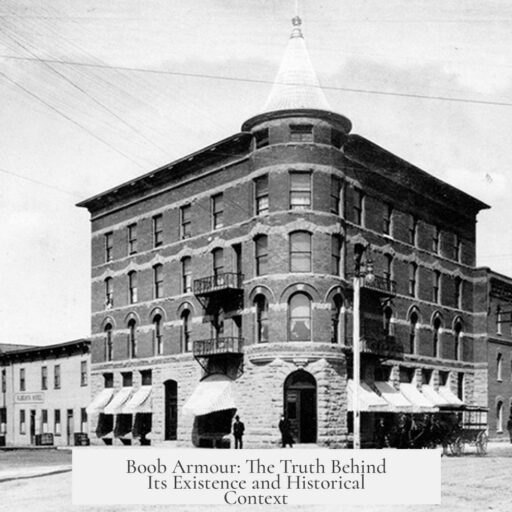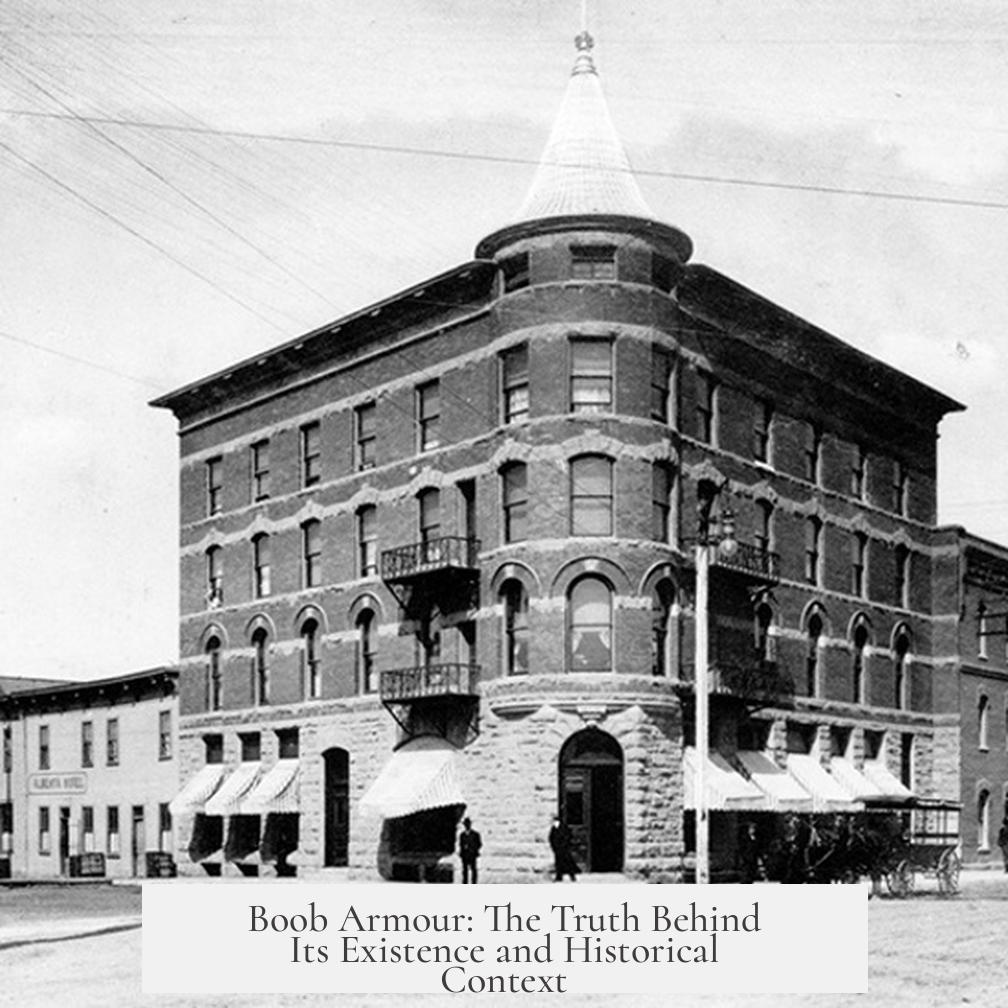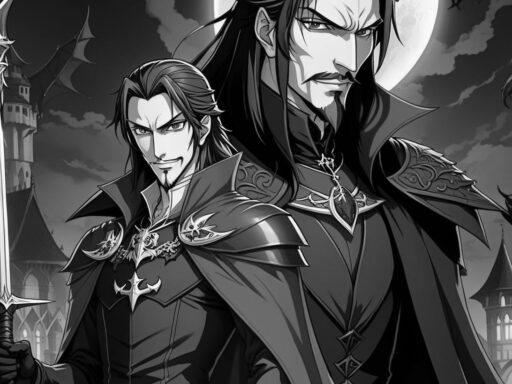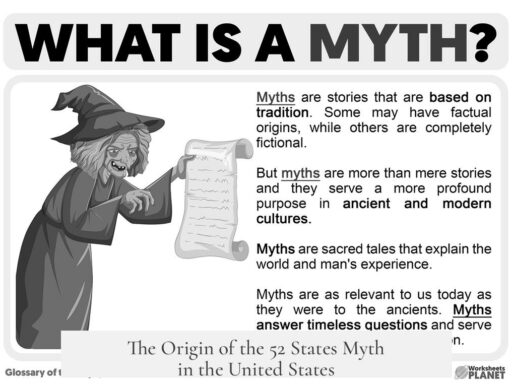“Boob armour” as popularly imagined—medieval European armour designed to emphasize or accentuate female breasts—was not a common or practical feature in historical armour. No verified examples exist in authentic medieval European armour collections to suggest that breast-shaped or breast-emphasizing plate armour was ever standard or widely used.
Extensive reviews of historical armour pieces show no evidence of intentional design highlighting female breasts. A survey of about 5,000 European armour elements from Matthias Goll’s PhD thesis finds no pieces crafted to emphasize breasts. Medieval manuscripts depicting women in armour illustrate either standard, functional gender-neutral armour or dresses combined with protective elements. These illustrations sometimes show a form-fitting torso or the outline of breasts on textile garments, but this was more a feature of clothing or artistic style than armour design.
Some depictions, such as those of Amazons from Greek mythology in medieval illuminated manuscripts, show female warriors with plate lamellar armour mixed with disks or rondels on the chest. Yet, experts debate whether this was an artistic cue to femininity or simply the representation of round armour components. The ambiguity in these artworks makes clear conclusions impossible. Illustrations often combine textile and armour layers, obscuring the precise structure beneath.
From a practical standpoint, armour that accentuates breasts introduces crucial weaknesses. The cleavage—if prominently exposed or defined—is a significant vulnerability. Protective plates designed to highlight breasts would create an easy target for piercing weapons, funneling strikes to the sternum or even the neck. In combat, such vulnerable zones are highly disadvantageous. For example, a spear thrust could be redirected toward the neck, bypassing the protection armour typically provides. This practical risk likely prevented craftsmanship focused on breast-emphasizing armour from becoming widespread.
Historical examples of body-shaped armour commonly emphasize male muscular forms, known as muscle cuirasses, used by the Greeks, Romans, and in later Indian and Japanese designs. These accentuated the male torso’s anatomy—ribs and abdominal muscles—but female muscle-shaped cuirasses to accentuate breasts were not found. The Japanese variation is notable because it highlighted ribs and stomach folds, reflecting ascetic ideals rather than eroticized forms.
One rare, possibly ceremonial exception is a 17th-century Indian bronze breastplate that somewhat resembles “boob armour.” This piece is likely ornamental rather than combat functional, reflecting symbolic or aesthetic motives rather than battlefield utility. No evidence confirms it served practical protection.
The construction requirements for effective armour reveal more practical challenges. Traditional armour needs space and padding underneath for shock absorption and comfort. Gambeson and similar padding layers provide additional defense by absorbing penetration that might breach the metal layer. Creating anatomically accurate breast-shaped plates would constrain this space, reduce padding thickness, and potentially increase injury risk. The need for uniform protection and structural integrity presumably outweighed any aesthetic considerations.
In modern times, body armour works differently, relying on ceramic plates that absorb and dissipate the force of projectiles. This technology allows more flexibility in plate shaping. However, producing chest armour that fits various female bust sizes while maintaining protection remains an engineering challenge. Manufacturers usually offer simplified sizing (S, M, L, etc.) instead of customized bust contours, favoring protection consistency over anatomical curves. Curved plates could create weak points or manufacturing complexity, making them impractical.
Nonetheless, breast protection was considered at least in some form. Soft tissues like breasts are vulnerable to blunt trauma even when covered by chainmail or leather. Rigid plates directly over this area help distribute force and reduce injury, important for female combatants. Sometimes armourers added broader, more uniform chest coverage rather than shaping the plate to breasts specifically.
- Medieval European armour rarely, if ever, featured breast-emphasizing designs due to practical vulnerabilities.
- Artistic depictions of female warriors show standard armour or symbolic breast forms but do not demonstrate functional boob armour.
- Muscle cuirasses with male anatomical emphasis existed, but female counterparts highlighting breasts did not become prevalent.
- A rare 17th-century Indian breastplate exists, likely ceremonial rather than combat use.
- Traditional armour design prioritizes space, padding, and protection, limiting anatomical shaping like breasts.
- Modern armour technology allows more shaping but struggles with standard sizing for varied female busts.
- Protection overlaying breasts helps distribute trauma but does not typically accentuate or emphasize them.
The popular concept of “boob armour” mainly arises from fantasy art and media rather than historical reality. Functional armour always prioritized protection over form, making exaggerated breast plates impractical and unsafe for combat.
Was “Boob Armour” Ever a Real Thing?
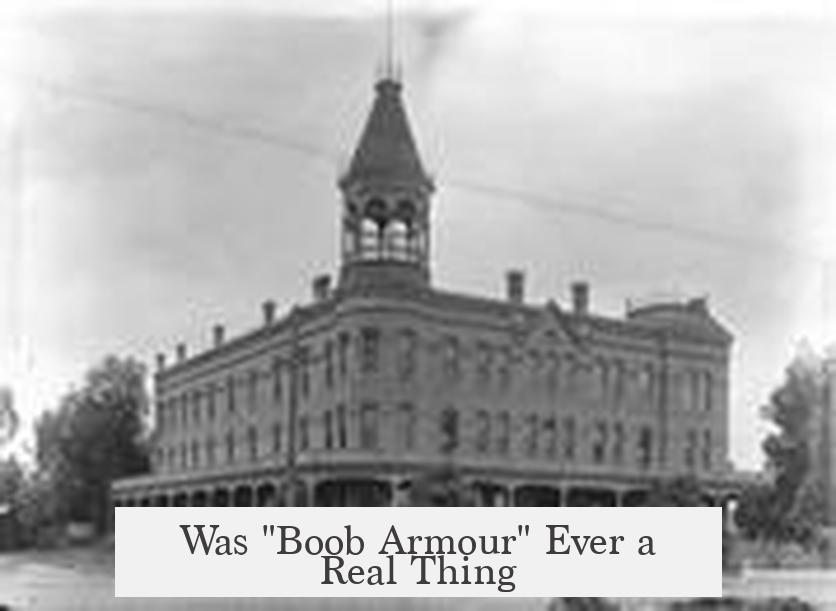
Let’s cut to the chase: boob armor as many imagine it — sculpted, conspicuous, and battle-ready breast-shaped plates — was practically nonexistent, especially in European medieval times. But the story does not end there. The idea of armor accentuating female breasts? Mostly a myth, rooted more in fantasy and art than in raw, practical battlefield gear.
So, did women ever wear armor made to emphasize their busts? The short answer is no, but with some interesting exceptions and nuances worth exploring.
The Medieval Armour Reality Check
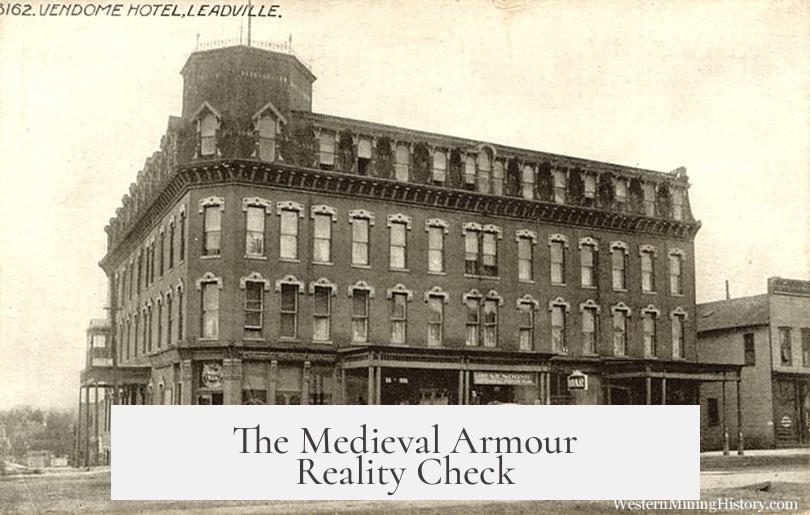
A deep dive into about 5,000 European medieval armor pieces reveals no signs of armor designed to highlight female breasts. That’s right — not a single piece engineered to turn jousting into a runway show focused on cleavage.
Historical manuscripts that feature women in armor usually show them in either standard armor or a combination of dresses with visible arm and head armor. For example, these images from medieval manuscript miniatures rarely, if ever, show breast-highlighted gear.
Interestingly, the clothing beneath armor sometimes hints at breasts—subtle outlines or gentle protrusions mimicking the female form. But this is far from intentional “boob armor.” Often, the artists used drapery and fabric folds to suggest anatomy, not armor plating designed for aesthetics.
Artistic Liberty with Female Warriors
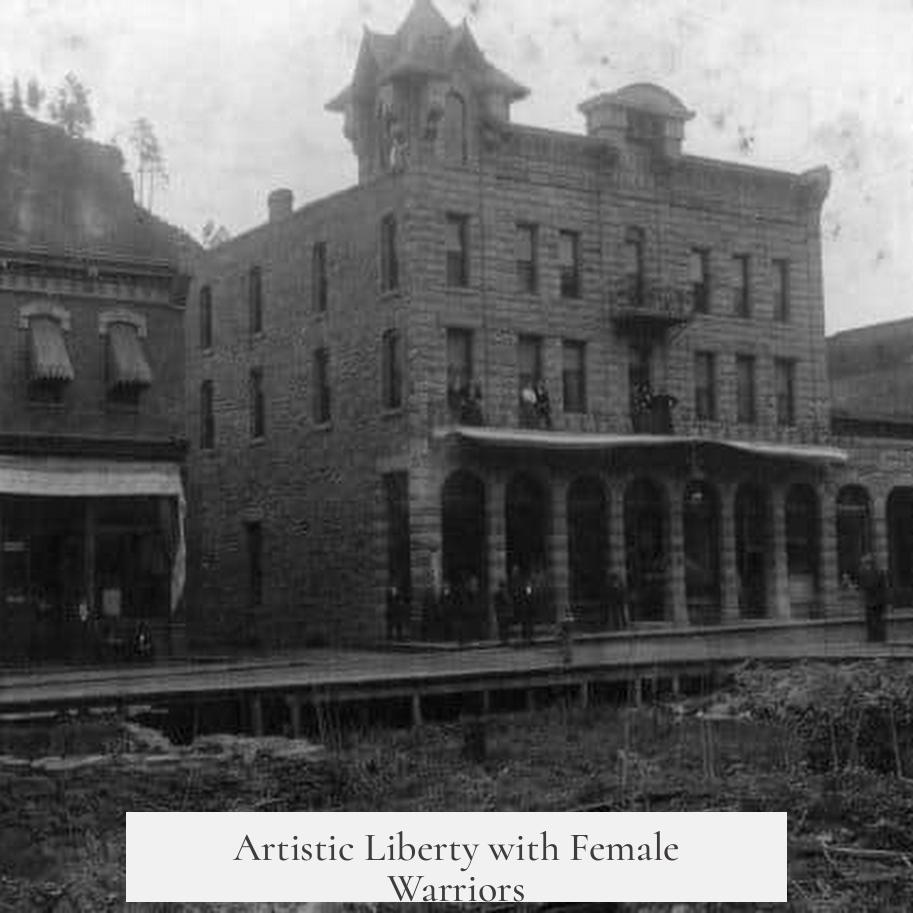
Take the legendary Amazons. These mythical female warriors appear in some manuscripts wearing armor that might seem to emphasize their breasts, such as plates with round disks on the torso. But whether these disks were breastplates or just practical rondels (armored discs protecting joints) is a mystery lost to artistic interpretation.
Much of this imagery comes from Greek and medieval traditions influenced by myths. Artists likely took creative liberties to show femininity alongside strength, but historians view these as symbolic rather than factual depictions.
Why Was “Boob Armour” Impractical?

The practical side of armor is brutally straightforward: protection comes before aesthetics. Highlighting breasts in armor creates a serious weak spot. Think about it–any gap or curve that accentuates the cleavage invites attacks, making the wearer vulnerable.
One expert points out this glaring issue sharply: “accentuating the breasts in armor creates a large weak point in the cleavage which can be punctured easily.” And if a weapon penetrates this area, it can force the blade or spear up into the neck, a lethal weak spot on almost every armor type.
So, no enlightened knight would design armor that’s practically a bullseye on their vital areas. The *FemShep* (female Shepard) armor from video games illustrates this problem humorously by rendering exaggerated breastplates that would redirect attacks into deadly zones.
Historical Exceptions and Ceremonial Examples
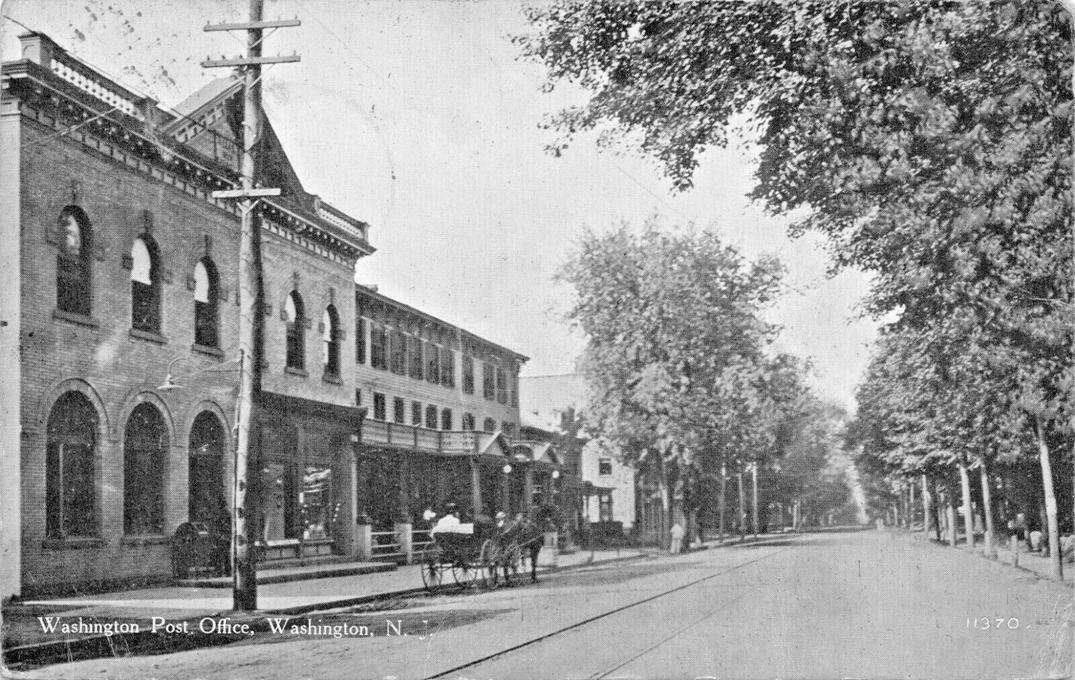
There is a fascinating outlier from 17th century India: a bronze breastplate designed for a female warrior or noblewoman. This piece, however, appears more ceremonial than practical for combat. You can view it at Christie’s auction site.
Outside of female-specific armor, male “muscle cuirasses” that highlight the torso’s muscles were common across cultures, including Greek, Roman, Japanese, and Indian traditions. These often emphasized the pectoral muscles but weren’t designed with anatomical realism enough to expose vulnerabilities.
Modern Armor’s Take on Female Shape
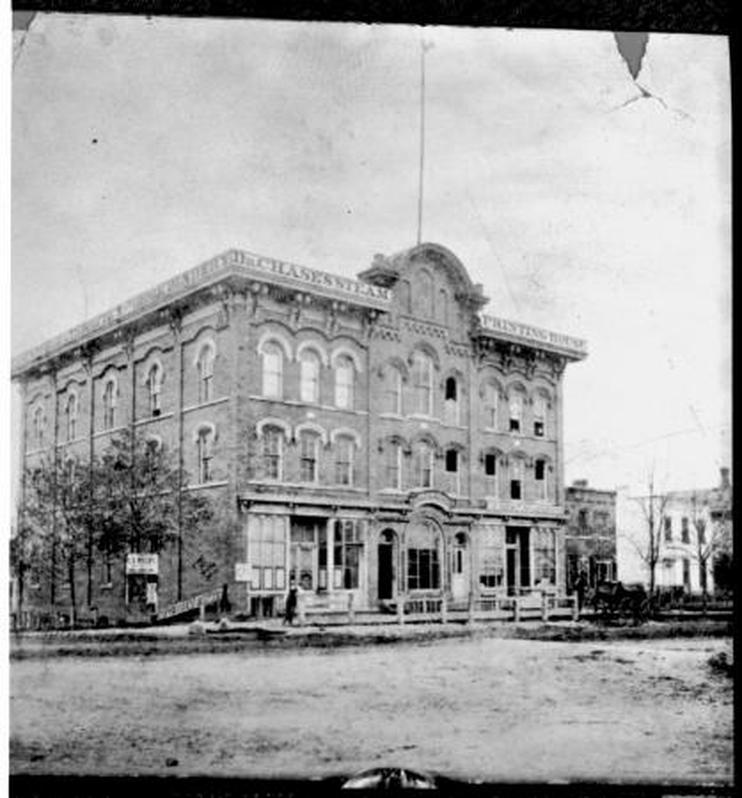
Modern body armor tackles these issues differently. Instead of rigid curves, it relies on ceramic plates that absorb impact through shattering (called ablation). However, manufacturing armor for different bust sizes makes production more complex and can affect comfort.
The problem? Flat armor plates are easier to make, fit, and mass-produce. Adding cups or pronounced curves for protection means heavier, customized, and potentially uncomfortable armor pieces. So even today, full “boob armor” remains an outlier.
Space and Padding Are Real Game Changers
Another crucial factor is space. Pre-modern and even modern armor require padding underneath for shock absorption and comfort. For example, a one-inch penetration of the plate alone is often non-lethal if there’s at least two or three inches of padded space below it.
The more anatomically shaped the plate is, especially around sensitive areas like breasts, the less space there is for padding. This puts the wearer at greater risk of injury, defeating armor’s very purpose.
Alternative Breast Protection: The Real Deal
While the boob-shaped armor myth persists, armor that protects the breasts does exist—just not as glamorized boob plates. Female warriors sometimes wore rigid plate or chainmail over the chest to distribute impact and reduce pain from blows.
This kind of gear looks more like a solid piece covering the chest rather than a contoured breastplate. It focused on function—reducing injury to soft tissues that the rib cage does not cover.
For example, some images show chain or leather armor softened with plates underneath, offering practical protection without sacrificing safety.
So, Was Boob Armour Ever a Real Thing?
In conclusion, the beloved notion of “boob armor” is more fantasy than historical fact. While armored females existed, their armor was practical and designed to protect, not to showcase cleavage or breast shape. The few exceptions—mostly ceremonial or artistic—do little to change the reality that sculpted breastplates were weak, impractical, and rarely, if ever, worn in battle.
What does this tell us? Armor, through history, prioritizes survival over style. Female warriors wore gear that protected vital areas efficiently. The allure of “boob armor” remains mainly in fiction, video games, and movies—turning reality on its head for dramatic effect.
Next time you see a warrior boldly flaunting a steel breastplate that looks more like a brassiere, remember: behind that gleaming metal lies centuries of common sense and battlefield pragmatism, where survival beats style. And in the armor game, practicality is the sharpest weapon of all.
